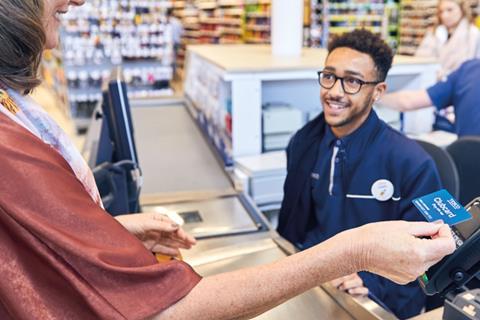
One of the breakout stories in advertising over the past year has been retail media. We’ve just seen a major example of this with the launch of Tesco Media, powered by its data analytics arm Dunnhumby.
At first sight, this trend looks like a simple case of a major shopping destination launching an ad business. But in fact, it goes a lot deeper. It is actually an outcome of what we might call ‘e-commerce enablement infrastructure’: that is, software allowing sellers to run more sustainably and profitably, with better measured advertising as a part of the process.
Analysts recorded a step change in online buying through the pandemic, with e-commerce sales growing 46.5% in the UK last year, and a further 20.5% increase predicted in 2021, according to eMarketer. But this only tells half the story. However fast the growth, the challenges around margins in commerce remain the same. And ultimately, this is the key factor the whole retail media trend aims to address.
The new shop window
The old promise that digital stores have infinite potential is sadly a myth. Especially when you consider 70% of people don’t go beyond the first page of products.
As many Amazon sellers have discovered, the shop window is as much of a feature online as off – to be considered, you really need to be sponsored. And while search translates more to specific intent, being a sponsored homepage or sector feature is the way to hit broader interests, and those who aren’t already your loyal customers.
But don’t get the impression retail media only sprang into existence based on the needs of those retailers building ad businesses. The background to this trend – with greater restrictions around cookies, and targeting on iOS, for example – is a time of changing priorities in advertising.
Of course, personalised advertising is not going away, while e-commerce is reportedly growing – and with it, intent data on retailers’ properties (first-party rather than the less infallible third-party data).
Mutual benefits
For retailers, this data plays a key role. Not only for informing their own campaigns off-site, but the multiple uses it can be put to beyond that – specifically, for other businesses that want to reach their existing customer base.
For these businesses, the advantages of advertising in retail over social media are clear – principally, the mindset to buy, which isn’t necessarily the case when you are browsing your friends’ updates on Instagram.
This is a particularly powerful proposition for smaller operations. For the millions of DTC sellers on Amazon today, alternative shop windows online are not always in great abundance. It tells you all you need to know that smaller companies and startups still make up 75% of spend on Facebook.
Of course, legacy retailers and physical stores are not going away any time soon. But arguably, both they and DTC startups alike really should enjoy better margins as they co-exist, and even support each other’s businesses.







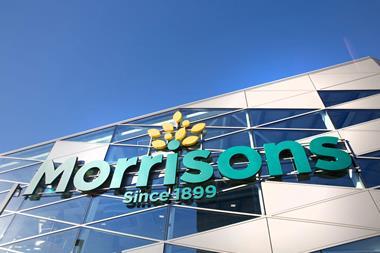
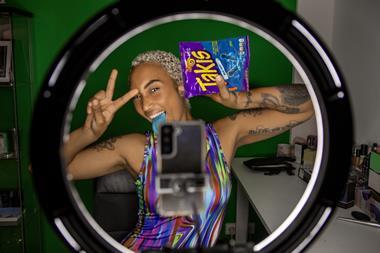




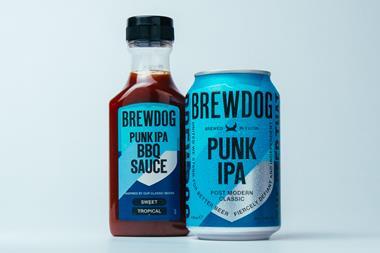
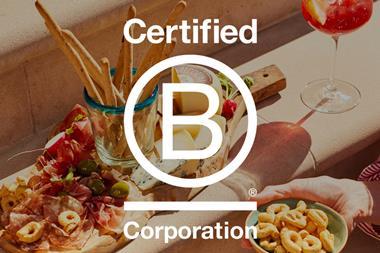




No comments yet